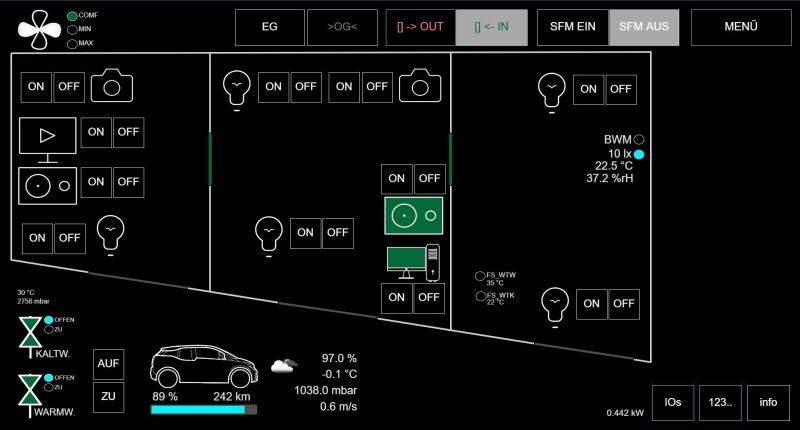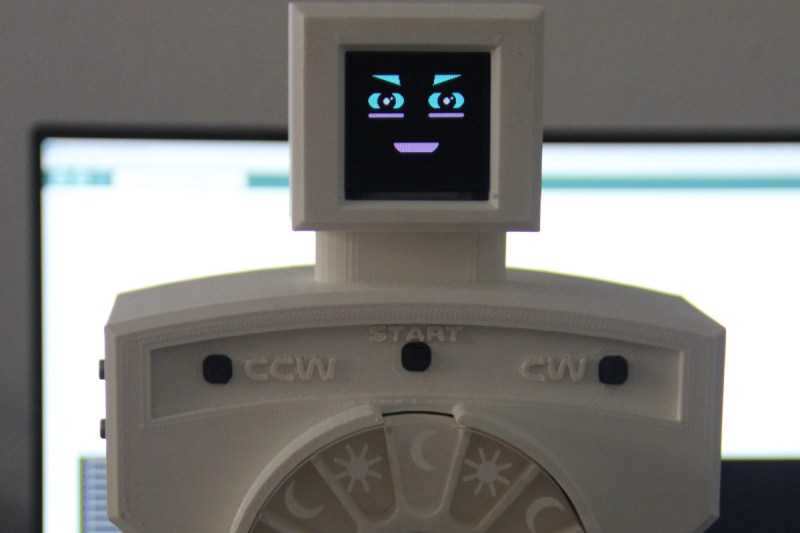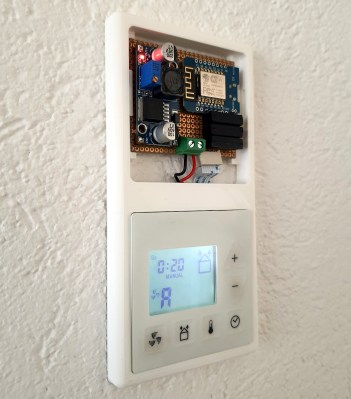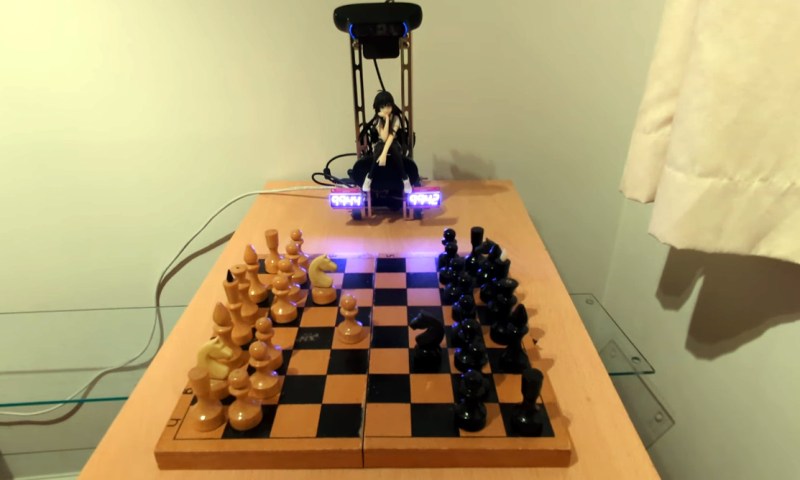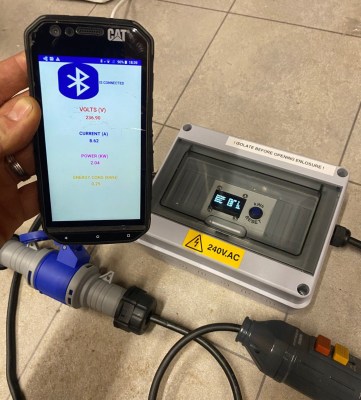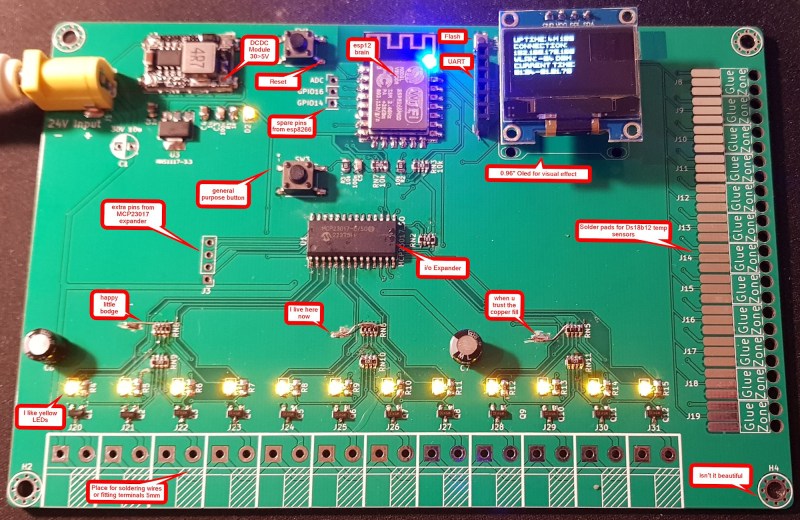

2024 Home Sweet Home Automation: The Winners Are In
source link: https://hackaday.com/2024/04/30/2024-home-sweet-home-automation-the-winners-are-in/
Go to the source link to view the article. You can view the picture content, updated content and better typesetting reading experience. If the link is broken, please click the button below to view the snapshot at that time.
2024 Home Sweet Home Automation: The Winners Are In
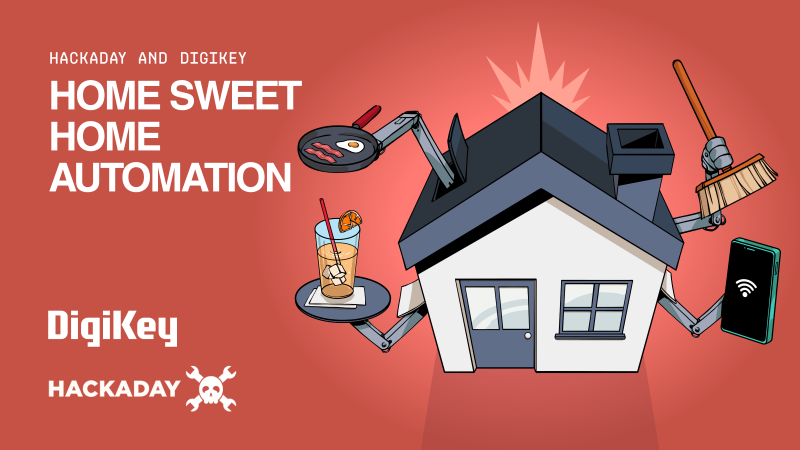
Home automation is huge right now in consumer electronics, but despite the wide availability of products on the market, hackers and makers are still spinning up their own solutions. It could be because their situations are unique enough that commercial offerings wouldn’t cut it, or perhaps they know how cheaply many automation tasks can be implemented with today’s microcontrollers. Still others go the DIY route because they’re worried about the privacy implications of pushing such a system into the cloud.
Seeing how many of you were out there brewing bespoke automation setups gave us the idea for this year’s Home Sweet Home Automation contest, which just wrapped up last week. We received more than 80 entries for this one, and the competition was fierce. Judging these contests is always exceptionally difficult, as nearly every entry is a standout accomplishment in its own way.
But the judges forged ahead valiantly, and we now have the top three projects which will be receiving $150 in store credit from the folks at DigiKey.
First: SCADA Smart Home
The judges ultimately gave the top spot to this automation project from [stefan.schnitzer], which stands out by being designed around the Supervisory Control and Data Acquisition (SCADA) concept that’s most commonly used to control industrial processes. This multi-level hierarchy separates the lowest level “field devices” such as environmental sensors and stepper motors for operating valves from the upper level supervisory devices, which in this case are Raspberry Pis which host a visually striking HTML user interface that can be accessed from tablets or smartphones.
The documentation for this build goes back several years, and it’s fascinating to read through how different devices were brought onto the system. The interoperability with OctoPrint, allowing the home automation display to show variables such as extruder temperature and time remaining, was a particularly nice touch.
Second: 15 Years Of Automation
In an extremely close second is the awe inspiring automation system built up by [Bernard Kerckenaere] over the last 15 years. While the project wasn’t documented in real-time (to be fair, Hackaday.io didn’t exist in 2009), [Bernard] does an impressive job of explaining the origins of his system and bringing us up to speed on how things were built out over the years.
It all starts with two kilometers of CAT6 being pulled throughout the house, with a total of 164 individual runs. Just 22 of those are used for TCP/IP networking, the remaining 122 are used to carry power and data to sensors and devices all over the house using RS-485. Each 24-port patch panel contains four Arduinos in custom PCBs to act as intermediates between all of the downstream devices and the Raspberry Pi which runs the whole show.
By his final tally, the system includes more than 30 individual sensors, 8 thermostats, 29 lights, 3 dimmers, 17 wall sockets, 6 blinds, two electronically locked doors, plus the garage door. Oh, and there’s a centralized audio system that pumps tunes from the media server out to 10 speakers through 5 amplifiers. [Bernard] is definitely putting every meter of that CAT6 to good use in this system.
Third: Pill Dispenser Robot
Compared to the massive whole-house undertakings that battled it out for the top two spots, this cute little bot might seem a bit out of place. But the judges were all all blown away by the incredible documentation [M. Bindhammer] put together for this project to help with their medication schedule.
Technically speaking, just the robot’s central rotary mechanism could have gotten the job done. But the hope is that this more anthropomorphic dispenser, complete with an OLED display for a face and a speech synthesis module, can make a daily medication regimen a little more pleasant. There’s a clear application here for elderly patients who may require more frequent reminders about when and why they need to take their medicine.
Honorable Mentions
As usual, we had a few special categories for this contest. In addition to their base numerical rating, the judges were told to keep an eye out for projects they felt best exemplified the spirit of each one.
Creature Comforts: Smart Apartment Ventilation
Comfort is key in making where you live truly feel like home, so the Smart Apartment Ventilation system from [Nik Reitmann] was a perfect choice for this category.
While he did have the ability to manually control the ventilation system in his apartment, [Nik] wanted to automate it so it would bring in fresh air in the mornings and evenings as a mater of routine, and also kick on anytime the temperature started to get too high indoors. But being an apartment, he couldn’t exactly rip out the old system — whatever he did had to be removable and make no permanent changes to the integrated system.
By reverse engineering the ventilation controller’s front panel, he was able to sneak an ESP8266 into the mix and take control of the system as if the buttons were being pressed physically. He was even able to pull power from the wall mounted panel, so there’s no addition wiring needed. With the new electronics housed in a 3D printed enclosure that surrounds the original unit, it makes for an exceptionally clean installation.
Efficiency: Water Heater Automation
Due to an unstable local electrical infrastructure, [Rogan Dawes] was looking to maximize the effectiveness of his home solar system. Noting that one of the biggest energy drains was the water heater, the goal of this project was to automate the unit so it would adjust the target temperature of the water depending on the current power situation. For example, if the grid is functioning and there’s ample power, the water heater will be set to its maximum temperature. But if the house is running on battery power, the temperature will be lowered to conserve energy.
In terms of hardware, [Rogan] is using a Sonoff THR320 to control the resistive element in the heater, and an ATTiny85 to read the current temperature via a thermistor. The status of the home’s electrical system was already being monitored through the inverter, so all that was left to do was pull everything together within Home Assistant.
Rube Goldberg: Hands Free Chess Clock
While there’s something to be said for keeping things simple, it’s no secret that we’re big fans of the convoluted here at Hackaday. If there’s a more complex way to do something, we’re all about it. This automatic chess clock from [Mykolas Juraitis] is a particularly fine example. Not everyone needs a CUDA-enabled chess clock running on a NVIDIA Jetson Orin Nano, but if you’re the kind of person who takes their game seriously, you’ll certainly appreciate its features.
The speedy single-board computer, specifically designed for machine learning applications, powers both voice and image recognition software. You can operate the clock using fairly complex voice commands, and thanks to OpenCV, it’s able to track the process of the game and run it through a chess engine to determine who’s currently winning.
All The Data: Mobile Home Power Monitoring
With energy costs on the rise, it’s becoming more important than ever to keep a close eye on your home’s utilization. But what if your home isn’t tied down to one spot, and there’s no permanent grid wiring to tap into?
That was the unique situation that [Tom Goff] had to face when his father-in-law asked him if there was a way he could see how much energy his RV was using when plugged in at the camp site. This called for a system that could be easily removed and installed, was robust enough to handle life on the road, and of course, capable of safely handling 230 VAC.
The resulting device does the heavy lifting with an ESP32 and a PZEM-004T electrical energy monitor module, with an OLED display to show information on the front panel. But the real killer feature here is the Bluetooth connection, which is tied to a smartphone application. This lets the user check their current energy consumption without having to go physically look at the box.
While it was designed for RVs and mobile homes, it’s not hard to see how the electronics could be used to monitor the energy usage back at home. You wouldn’t technically need the heavy duty enclosure in that case, but it does make the installation look that much more professional.
Retrofit: Smart Underfloor Heating Controller
Finally, we have the Smart Underfloor Heating Controller from [Red Tuka]. This impressively engineered upgrade adds remote control capabilities to an existing warm water heating system by operating the dozen valves which direct water throughout the house.
This is accomplished with twelve MOSFETS, which are in turn connected to the board’s ESP8266 via a MCP23017 I2C I/O expander. In addition, for each valve there’s also a DS18B20 temperature sensor that connects up along the right-hand side of the board. While there’s a lot happening on this one PCB, [Red] did an excellent job of keeping it all orderly, and we especially like the status LEDs for the valve MOSFETS.
New Year, New Challenges
Didn’t get time to enter this contest? Is home automation not your thing? No worries — this is just the first of many contests we’ll be running in 2024. We promise there will be plenty of opportunities to get some free parts out of the fine folks at DigiKey over the year is over.
Stay tuned to Hackaday for the announcement of our next contest shortly.
Recommend
About Joyk
Aggregate valuable and interesting links.
Joyk means Joy of geeK
